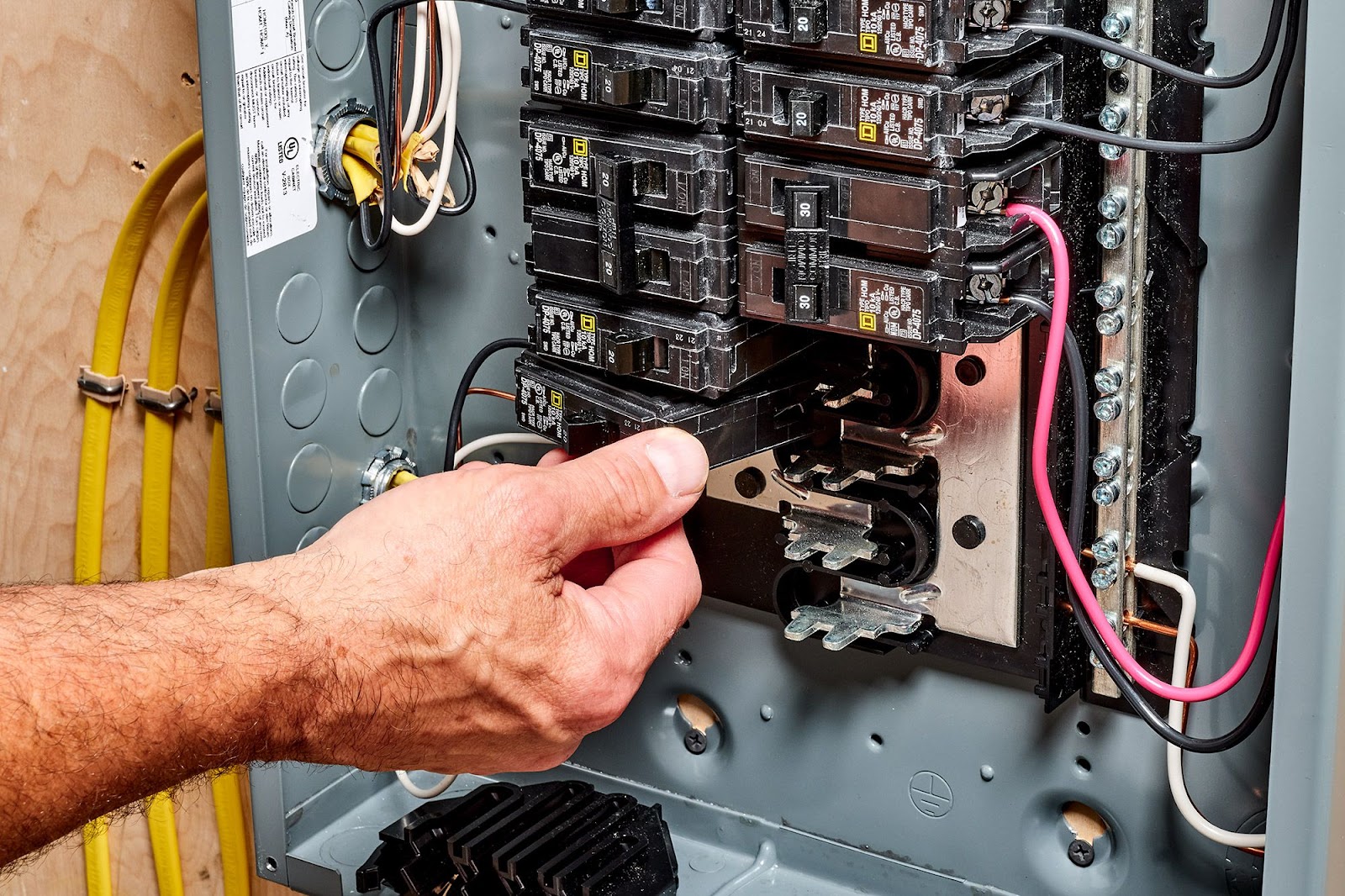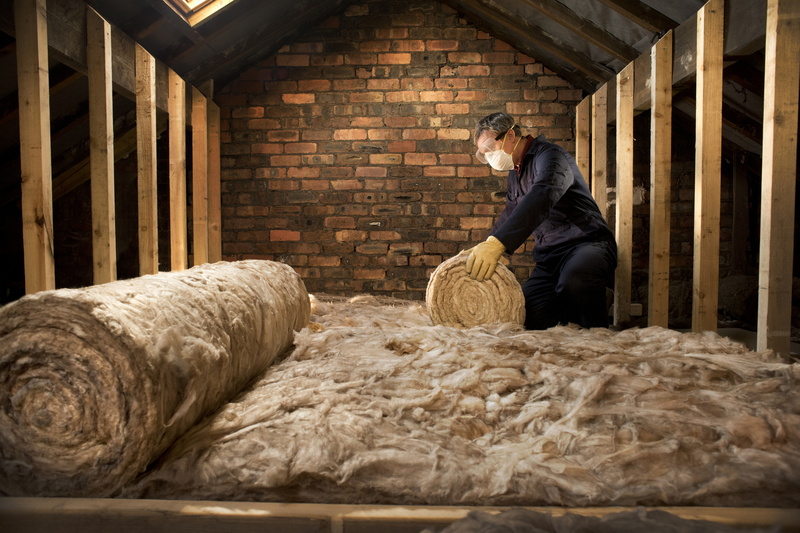July 19, 2025
Are you ready to dive into the world of electrical installation? This essential aspect of modern living encompasses a wide range of crucial components and practices that are vital for the safety and efficiency of any electrical system. From understanding the basics of electrical installation, to ensuring safety and compliance with professional standards, there is a lot to explore and learn. Key components such as proper wiring, circuit breakers, and grounding techniques are essential for a successful installation, while technology integration and future trends are shaping the way we interact with electrical systems. But it's not just about the technical aspects – hiring the right professionals and efficient planning are equally important for a smooth and effective installation process. Join us on this journey as we uncover the intricacies of electrical installation, learn about common mistakes to avoid, and discover the exciting future trends that are revolutionising the way we power our homes and businesses.

Credits: electricaltechnology.org
When it comes to understanding the basics of electrical installation, it's important to be familiar with the different types of electrical systems. Whether it's residential, commercial, or industrial, each setting requires a unique approach to installation. From lighting and power distribution to control systems and communication networks, a thorough knowledge of these systems is essential for successful installation.
Safety measures are another crucial aspect when delving into electrical installation. Proper training and adherence to safety protocols can prevent accidents and ensure that the installation process goes smoothly. This includes using appropriate personal protective equipment, following local building codes and regulations, and being mindful of potential hazards such as exposed wiring or overloaded circuits.
Lastly, understanding the importance of proper wiring cannot be overstated in electrical installation. A well-executed wiring setup is fundamental for efficient energy distribution and operational functionality. It's imperative to use high-quality materials, correct sizing, and reliable connections to avoid issues like short circuits or voltage drop.

Credits: thespruce.com
Choosing the right cables and wires is absolutely crucial for a successful electrical installation. You want to make sure that you're using high-quality, durable materials that can handle the power load without any risk of overheating or short-circuiting. By selecting the appropriate cables and wires for your specific needs, you'll be setting yourself up for a safe and reliable electrical system.
Installing circuit breakers and fuses is another essential component of an effective electrical installation. These devices are designed to protect your electrical system from overload and short circuits by interrupting the flow of electricity when necessary. By incorporating circuit breakers and fuses into your setup, you can ensure that your system remains protected against potential hazards.
Proper grounding techniques are also vital in ensuring the success of an electrical installation. Grounding helps to prevent electric shock by providing a safe pathway for excess electricity to travel in case of a fault in the system. By employing solid grounding methods, you can enhance the safety and functionality of your electrical system.
When it comes to professional standards for electrical installation, compliance with local building codes is of utmost importance. Electricians and installers must ensure that the electrical systems they install meet all regulations and requirements set forth by the relevant authorities. This not only ensures the safety of the occupants but also prevents any potential legal issues down the line.
Quality assurance and testing are also essential aspects of maintaining professional standards in electrical installation. Installers need to thoroughly test newly installed systems to ensure that they function correctly and safely. Quality assurance measures help identify any faults or deficiencies in the wiring or equipment, allowing for necessary corrections before putting the system into active use.
certifications and qualifications play a vital role in ensuring professional standards are upheld during electrical installation. The electricians undertaking such projects must be properly certified, trained, and qualified to handle electrical work. These credentials provide reassurance that their work meets industry standards and best practices, contributing to safe and reliable installations.

Credits: commanderair.net
When it comes to electrical installation, safety is the top priority. By following proper practices and guidelines, we can prevent potential electrical hazards and ensure the well-being of everyone around. Whether it's residential or commercial installation, proper insulation and protection of wires are vital to minimising any risk of accidents or injuries.
Regular maintenance and inspections are also key components in ensuring safety in electrical installation. Periodic checks help identify any wear and tear, loose connections, or other issues that could pose a threat if left unattended. Through proactive monitoring and upkeep, we can maintain the integrity of the system and avoid potential safety risks.
By prioritising safety measures in every aspect of electrical installation, from wiring to system setup, professional electricians work diligently to uphold the highest standards. Their expertise ensures that all necessary precautions are taken into consideration for a safe environment where both functionality and security go hand in hand.
When it comes to electrical installation, efficient planning is the key to success. It all starts with a thorough assessment of power needs, ensuring that the installation will meet the demands of the intended usage. This involves not only considering current requirements, but also forecasting potential future needs to avoid costly upgrades down the line.
Creating a layout for installation is another crucial aspect of efficient planning. This involves carefully mapping out where all components will be placed in order to optimise functionality and accessibility. The layout must also take into account safety considerations, such as proper spacing between electrical systems and other structures.
Of course, efficient planning would not be complete without budgeting and cost estimation. Understanding the required materials and labour costs is essential for staying within budget and avoiding unnecessary expenses. By meticulously planning every aspect of an electrical installation project, one can ensure a smooth and successful implementation.
The incorporation of smart home automation systems has revolutionised the way electrical installations are carried out. Homeowners can now control various devices and appliances remotely, enhancing convenience and energy efficiency. From adjusting thermostats to monitoring security cameras, these systems offer an unmatched level of comfort and peace of mind.
Energy-efficient lighting solutions have become a pivotal aspect of modern electrical installations. LED technology not only provides superior illumination but also significantly reduces energy consumption. Moreover, the integration with renewable energy sources such as solar panels complements these efforts by further minimising reliance on traditional power grids, driving towards a more sustainable future.
The seamless integration of advanced technologies into electrical installations enables homeowners to optimise energy usage while embracing eco-friendly practices. As professional electricians continue to leverage innovative solutions, the possibilities for creating efficient and intelligent living environments are endless. Technology is truly shaping the way we perceive and utilise electrical systems in our homes.
Finding the perfect team of professionals to handle your electrical installation can make all the difference. Start by digging into local electrical services to see what options are available in your area. Take note of their specialties and certifications, as well as any customer reviews that praise their work.
Don't forget to check out testimonials and recommendations from friends or family members who have had recent electrical work done. Word-of-mouth referrals are gold when it comes to finding a reliable contractor. Once you have a shortlist of potential contractors, schedule some interviews to discuss the project at hand and get a feel for how they conduct business.
By doing your due diligence in researching, reviewing, and interviewing potential candidates for your electrical installation needs, you'll be on track to secure professional services that deliver top-notch results. It's an exciting process because it means taking steps towards ensuring a safe and efficient system for your home or workplace!
One of the most common mistakes in electrical installation is overloading circuits. Neglecting the maximum capacity of a circuit can lead to overheating and possibly cause a fire hazard. It's essential to calculate the power requirements and distribute the load evenly across different circuits.
Another crucial aspect often overlooked is proper insulation. Failing to insulate wiring properly can result in electric shock or short circuits, posing a significant risk to both individuals and property. Using approved insulation materials and ensuring they are installed correctly is imperative for safety.
Using substandard materials in electrical installation is also a grave mistake. Lower-quality components may not meet safety standards, leading to malfunctions or even catastrophic failures down the line. Professionals should always prioritise using high-quality, approved materials for any electrical system installation.
Advancements in smart technology are revolutionising the electrical installation industry, making homes and buildings more efficient and convenient. With the integration of smart devices, such as thermostats, lighting controls, and security systems, electrical installations are becoming more intelligent and user-friendly than ever before.
Sustainable and eco-friendly solutions are also shaping the future of electrical installation. The increasing focus on renewable energy sources and energy-efficient technologies is driving the development of environmentally conscious electrical systems. From solar panels to energy storage solutions, these innovations are paving the way for a greener and more sustainable future.
Innovations in safety standards are another key aspect of future trends in electrical installation. With advancements in circuit protection devices, insulation materials, and monitoring systems, professionals can ensure that installations meet the highest safety standards. This ongoing evolution of safety measures is vital for protecting both people and property from potential electrical hazards.
At EA Electrics, we understand the importance of reliable and professional electrical services for local residents and businesses in South West Sydney. Our team of expert electricians is committed to providing top-notch electrical solutions, from installations to repairs and maintenance. Whether you need help with lighting, power, or electrical safety, we have the knowledge and experience to get the job done right. With our dedication to quality and customer satisfaction, you can trust EA Electrics to deliver the electrical services you need, when you need them. Choose us for all your electrical needs and experience the difference of working with a trusted local electrician.
Some essential aspects to consider during electrical installation include proper wiring, grounding, circuit protection, electrical load calculation, and adherence to safety codes and regulations.
Proper wiring is important in electrical installation to ensure safe and efficient flow of electricity, prevent electrical hazards such as short circuits or electrical fires, and to comply with electrical codes and standards.
Grounding is the process of connecting electrical systems or devices to the ground to prevent electrical shock and protect against electrical faults. It is important in electrical installation to ensure safety, stabilise voltage levels, and provide a path for electrical faults to be safely discharged.
Circuit protection is necessary in electrical installation to prevent overloads, short circuits, and electrical faults that can cause damage to electrical equipment, fires, or electrical shock. It includes devices such as circuit breakers, fuses, and surge protectors.
Adhering to safety codes and regulations in electrical installation is crucial to ensure the safety of individuals, prevent electrical hazards, and comply with legal requirements. It helps in minimising the risk of electrical accidents, fires, and ensures the installation meets industry standards.
Understanding the essential aspects of electrical installation involves knowing the basics, key components, professional standards, safety measures, efficient planning, technology integration, hiring the right professionals, common mistakes to avoid, and future trends in the industry. This includes understanding different types of electrical systems, safety measures, proper wiring, choosing the right cables and wires, compliance with local building codes, certifications and qualifications, preventing electrical hazards, smart home automation systems, energy-efficient lighting solutions, integration with renewable energy sources, and advancements in smart technology.